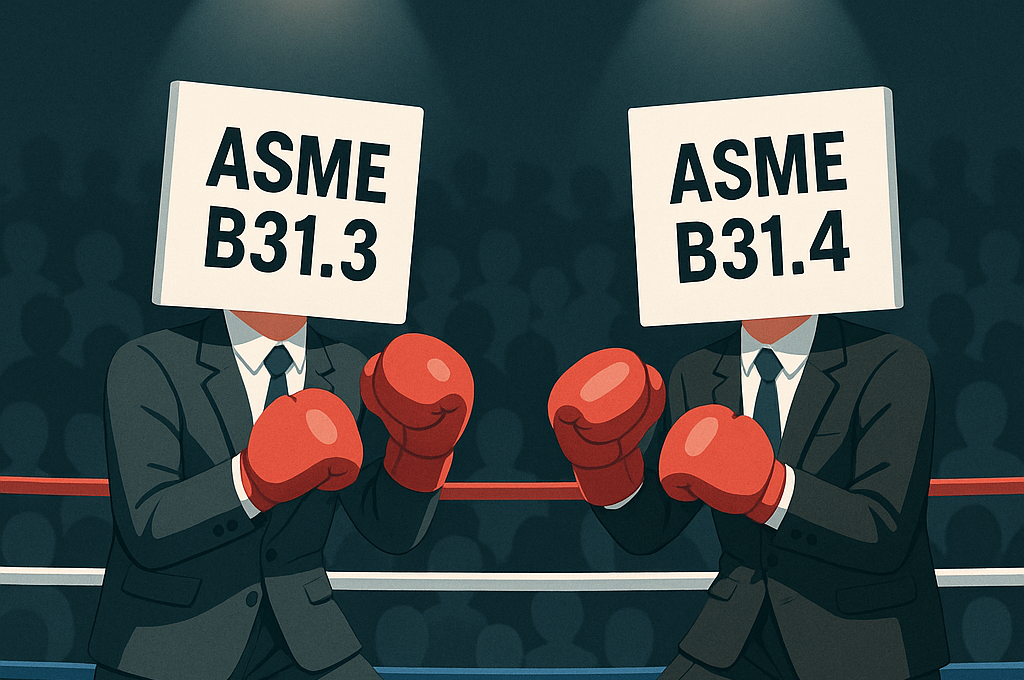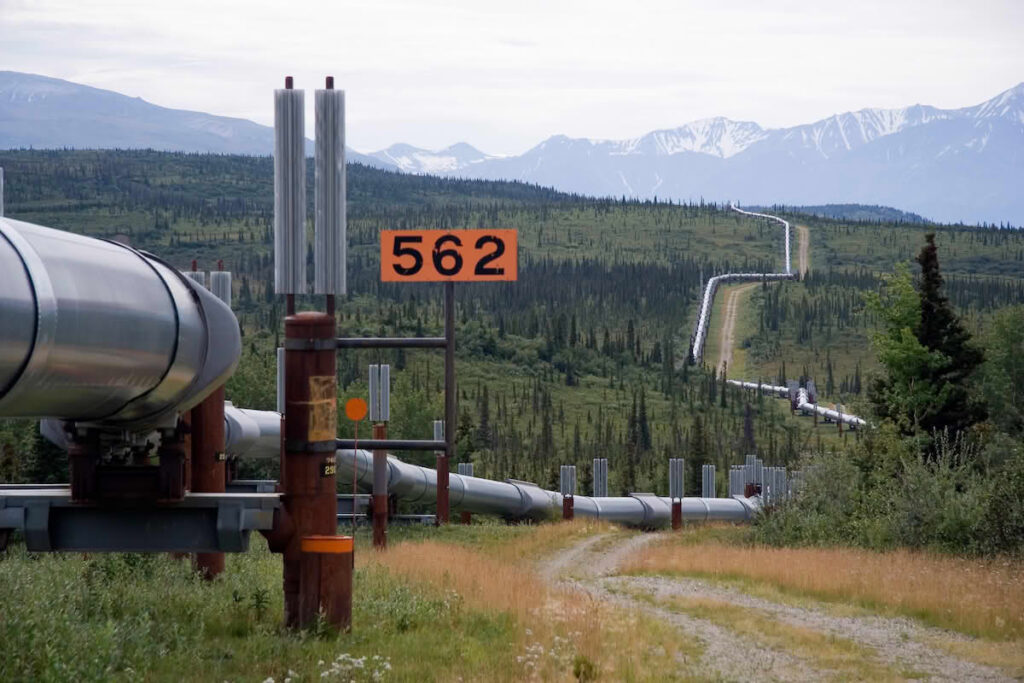What is location class and how does it affect the pipeline’s safety?
The most significant contributing to the failure of a pipeline is damage to the line caused by activities of people along the route of the line. A higher population means more activities in the area which may increase the potential for damage to the pipeline if nearby residents are not aware of the pipeline location.
Damage will generally occur during construction of other facilities associated with providing the services associated with human dwellings and commercial or industrial enterprises. These services such as water, gas, electrical supply sewage systems, drainage lines and ditches, buried power and communication cables, streets, and roads, etc., become more prevalent and extensive, and the possibility of damage to the pipeline becomes greater with larger concentrations of buildings intended for human occupancy. As a result, appropriate safety measures need to be in place to protect the public and the environment.
Determining the location class provides a method of assessing the degree of exposure of the line to damage. A pipeline designed, constructed, and operated in accordance with the requirements of location class 1 is basically safe for pressure containment in any location. However, additional measures are necessary to protect the integrity of the line in the presence of activities that might cause damage.
One of the measures is to lower the stress level in relation to increased public activity. This activity is qualified by determining location class and relating the design of the pipeline to the appropriate design factor.
The allowable pipe stresses, as a percentage of specified minimum yield strength decreases as class location increases from Class 1 to Class 4 locations. An increase in the population is often the reason for a change to a higher location class.
Location class is a geographic area along the pipeline classified according to the number and proximity of buildings intended for human occupancy and other characteristics that are considered when prescribing design factors for construction, operating pressures, and methods of testing pipelines and mains located in the area and applying certain operating maintenance requirements.
To determine the number of buildings intended for human occupancy for an onshore pipeline, layout a zone 440 yards wide along the route of the pipeline with pipeline on the centreline of this zone and divide the pipeline into random sections 1 mile in length such that individual lengths will include the maximum number of buildings intended for human occupancy.
ASME B31.8 identifies 4 location classes, ranging from location Class 1 (sparsely populated areas) to location Cass 4 (densely populated areas) and are based upon the number of buildings or dwellings for human occupancy.
When classifying locations for determining the design factor for pipeline construction and testing that should be prescribed, due considerations shall be given the possibility of future development of the area.
If at the time of planning a new pipeline and the future development appears likely to be sufficient to change the Location Class, this shall be taken into consideration in the design and testing of the proposed pipeline.
Some location classes are used for determining the design factor, the route selection should take due regards for the cost of impact on pipeline sections in location classes of higher category.
A numbered location class, such as Location Class 1, refers only to the geography of that location or a similar area and does not necessarily indicate that a design factor of 0.72 will suffice for all constructions in that particular location or area e.g., lower design factor shall be considered for BVS, road crossings etc.
When classifying locations to determine the design factor for pipeline construction and testing that should be prescribed, due consideration shall be given to the possibility of future development of the area. If at the time of planning a new pipeline this future development appears likely to be sufficient to change the Location Class, this shall be taken into consideration in the design and testing of the proposed pipeline.
Where there are no physical barriers or other factors that will limit the further expansion of the more densely populated area, ample allowance shall be made in determining the limits of the lower stress design to provide for the probable further development in the area.
Location class can change as the population living or working near the new pipeline corridor grows and a change in location class would require approval to re-confirm safety factors that could result in reduction of pipeline MAOP limits to reduce the induced stress levels in the pipe. Therefore, due consideration shall be given to the further development along the proposed corridor.
What is a design factor?
As a definition, design factor is the ratio of the hoop stress created by the design pressure and the Specified Minimum Yield Stress (SMYS) of the pipeline material. When we say that the design factor is 0.72, it means that the created hoop stress by the design pressure is 72% of the SMYS of the line pipe material. The design factor applies to the minimal pipe wall thickness, excluding any corrosion allowance. The recommended design factors for the calculation of the minimal wall thickness are given in ASME B31.8. The ASME B31.4 does not use design factors other than 0.72, which is considered inappropriate at critical locations (e.g., crossings, within plant fenced, near concentrations of people) and for fabricated assemblies. In these, situations, modified design factors in line with ASME B31.8 location Class 1 Div.2 shall be used.





